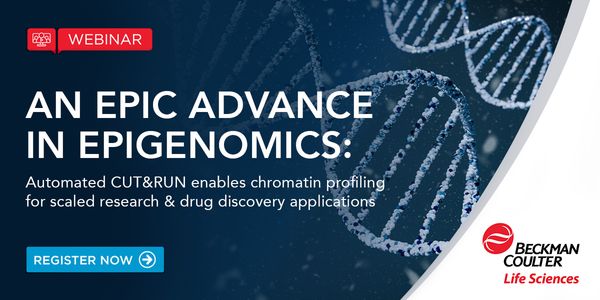
WEBINAR: Interactions between the Mycobiome and Bacteriome: Impact on Health and Disease
-
Mahmoud Ghannoum, PHD, MBA, FIDSA, FAAM
Professor and DirectorBIOGRAPHY -
Shuiquan Tang, PhD
Scientist, Zymo Research Corp.BIOGRAPHY
DATE: May 22, 2017
TIME: 8:00AM PDT, 11:00AM ET
Crohn's disease (CD) results from a complex interplay between host genetic factors and endogenous microbial communities. In the current study, we used Ion Torrent sequencing to characterize the gut bacterial microbiota (bacteriome) and fungal community (mycobiome) in patients with CD and their non-diseased first degree relatives (NCDR) in 9 familial clusters living in Northern France/Belgium, and in healthy individuals from 4 families living in the same area (non-CD unrelated, NCDU). Principal components analysis, diversity, and abundance analyses were conducted and CD-associated inter- and intra-kingdom microbial correlations determined. Significant microbial interactions were identified and validated using single- and mixed-species biofilms. CD and NCDR groups clustered together in the mycobiome, but not in bacteriome.Microbiota of familial (CD, NCDR) samples were distinct from that of non-familial (NCDU) samples. Abundance of Serratia marcescens (SM), Escherichia coli (EC) was elevated in CD patients, while that of beneficial bacteria was decreased. Abundance of the fungus Candida tropicalis (CT) was significantly higher in CD compared to NCDR (P = .003), and positively correlated with levels of anti–Saccharomyces cerevisiae antibody (ASCA). Abundance of CT was positively correlated with SM and EC, suggesting these organisms interact in the gut. The mass and thickness of Triple species (CT+SM+EC) biofilm were significantly higher than single and double species biofilm. CT biofilms comprised of blastospores, while double and triple species biofilms were enriched in hyphae. SM used fimbriae to co-aggregate or attach with CT/EC, while EC closely apposed with CT. Specific inter-kingdom microbial interactions may be key determinants in CD. Since recent research is showing that this fungal-bacterial interaction is detrimental to the host, novel prevention and treatment approaches are needed to interfere with this cooperation and restore the microbiome balance.
Learning Objectives:
- Attendees will learn about the mycobiome contribute to digestive tract health and disease
- Attendees will learn how individual steps in their microbiomics workflow can be standardized to greatly improve the quality and reproducibility of the data generated
WEBINAR: Interactions between the Mycobiome and Bacteriome: Impact on Health and Disease
Please update your information
Certificate of Attendance
DOWNLOAD CERTIFICATE
Finish Registering
-
APR 30, 2024Immuno-Oncology Virtual Event Series 2024
-
MAY 07, 20243rd International Biosecurity Virtual Symposium
-
JUN 06, 2024The Future of Scientific Conferencing
- See More
-
APR 19, 2024
-
APR 19, 2024
- See More













































